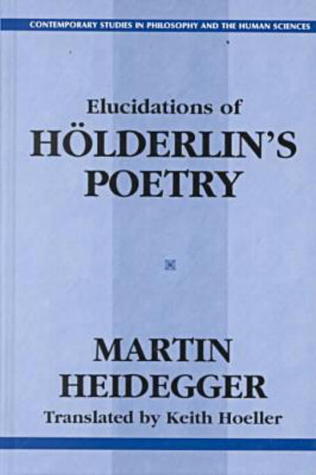



Wood block printing, introduced from China, was used in Tibet from an early date and is still used in a few monasteries. The first Sanskrit-Tibetan dictionary, Mahavyutpatti, appeared in the 9th century. The new Tibetan alphabet was used to write Tibetan translations of Buddhists texts. The minister then reputedly devised a script for Tibetan based on the Devanagari model and also wrote a grammar of Tibetan based on Sanskrit grammars. Some subjects can be studied through Tibetan in colleges as well, but the main language of instruction in secondary schools in Mandarin Chinese.ĭuring the 7th Century AD Songstem Gampo (569-649AD), the 33rd king of the Yarlung Dynasty of southern Tibet and the first Emperor of Tibet, sent Thonmi Sambhota, one of his ministers, to India to gather information on Buddhism. In the Tibet Autonomous Region Tibetan is an official language, and is the main language of instruction in primary schools. Standard Tibetan has three main registers: vernacular speech ( Phal-skad), formal speech ( Zhe-sa), and the formal literary and religious style ( Chos-skad), which is used in religious and classical literature. According to the 1990 census, there are 1.2 million speakers of Standard Tibetan, which is also known as Lhasa Tibetan, and is the Tibetic language with the most speakers.īefore 1949-50, Tibet comprised of three provinces: Amdo, now split between the Qinghai, Gansu and Sichuan provinces Kham, now largely incorporated into the provinces of Sichuan, Yunnan and Qinghai, and U-Tsang, which, together with western Kham, is now known as the Tibet Autonomous Region, which was created in 1965. Tibetan is Tibetic language spoken mainly in the Tibet Autonomous Region of the People's Republic of China, and also in parts of India and Nepal.


 0 kommentar(er)
0 kommentar(er)
